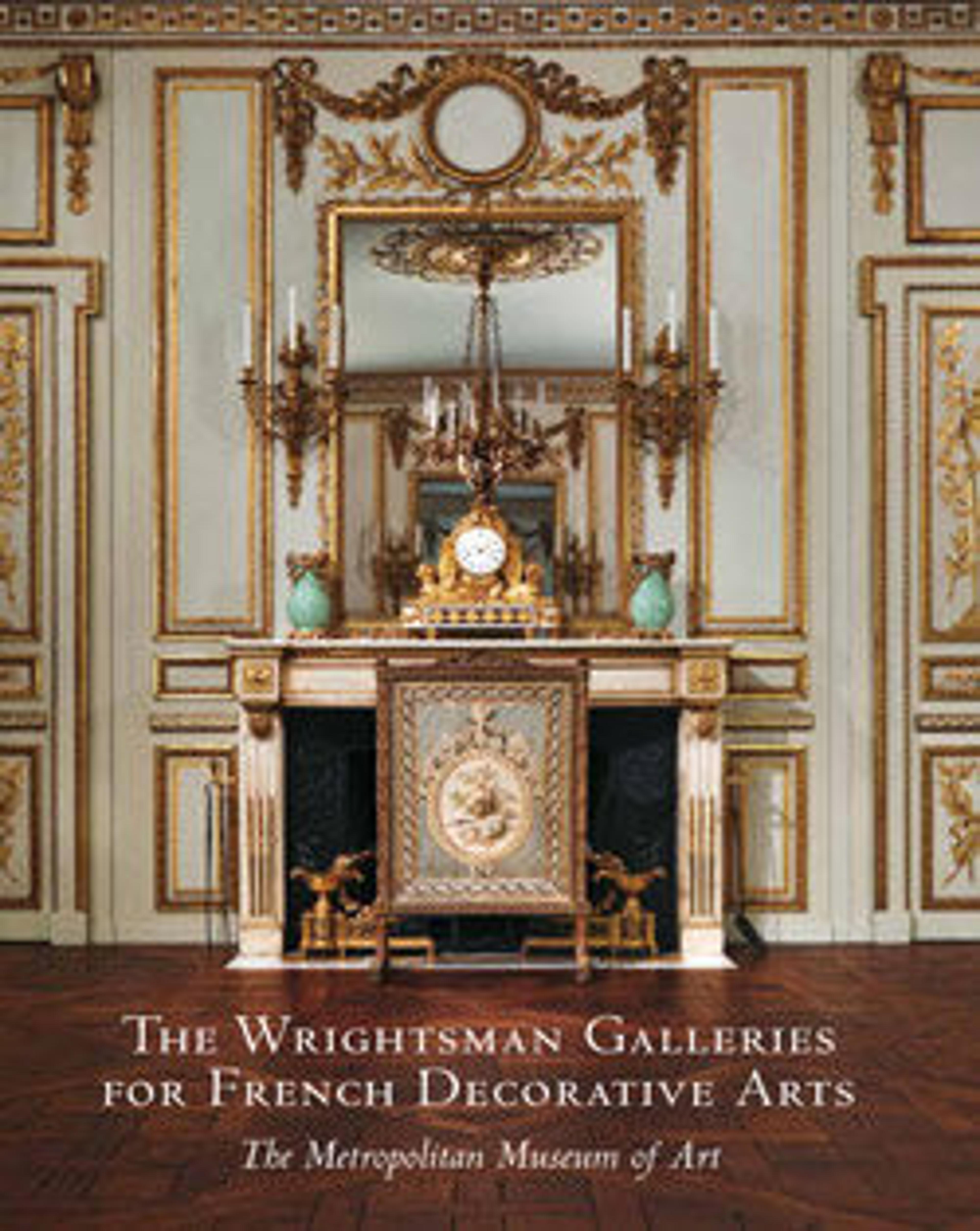Snuffbox
The shaped black panels that decorate the top, bottom, and sides of this box were intended to imitate Japanese lacquer, which was very much in fashion in France throughout the eighteenth century. The six panels are in fact made of tortoiseshell decorated in a technique known as piqué, in which extremely thin gold and silver wire is inlaid in the shell. The resulting compositions provide a close approximation of black-and-gold Japanese lacquer. These panels with piqué decoration are set into rectangular panels made of imitation red lacquer.
Because of the high cost of importing Japanese lacquer — and the length of time it took the lacquer to reach France — there was considerable impetus to develop a French alternative to Asian lacquers. In 1730 a patent was given to Guillaume Martin (d. 1749). Martin, his brothers, and eventually other members of his family were so successful in producing a French version of Asian lacquer that the term vernis Martin became the common designation for all lacquer produced in France in the middle decades of the eighteenth century. Furniture decorated with vernis Martin was particularly popular during this period.
The piqué and imitation red lacquer panels of this box are set in a gold frame that has been enameled and chased with an overall lozenge pattern. This practice of setting panels of different materials into a gold frame was known as mounting à cage. The interior of the box bears the mark of Jean Ducrollay, one of the most prominent Parisian goldsmiths working in the middle decades of the century. One of his specialties was the production of gold boxes with panels of lacquer, both Japanese and French.
Because of the high cost of importing Japanese lacquer — and the length of time it took the lacquer to reach France — there was considerable impetus to develop a French alternative to Asian lacquers. In 1730 a patent was given to Guillaume Martin (d. 1749). Martin, his brothers, and eventually other members of his family were so successful in producing a French version of Asian lacquer that the term vernis Martin became the common designation for all lacquer produced in France in the middle decades of the eighteenth century. Furniture decorated with vernis Martin was particularly popular during this period.
The piqué and imitation red lacquer panels of this box are set in a gold frame that has been enameled and chased with an overall lozenge pattern. This practice of setting panels of different materials into a gold frame was known as mounting à cage. The interior of the box bears the mark of Jean Ducrollay, one of the most prominent Parisian goldsmiths working in the middle decades of the century. One of his specialties was the production of gold boxes with panels of lacquer, both Japanese and French.
Artwork Details
- Title:Snuffbox
- Maker:Jean Ducrollay (French, born 1709, master 1734, recorded 1760)
- Artist:Miniature based on portrait by Maurice Quentin de La Tour (French, Saint-Quentin 1704–1788 Saint-Quentin)
- Date:1754–55
- Culture:French, Paris
- Medium:Gold, enamel, tortoiseshell inlaid (piqué) with gold
- Dimensions:Overall: 1 9/16 × 3 1/8 × 2 1/4 in. (4 × 7.9 × 5.7 cm)
- Classification:Metalwork-Gold and Platinum
- Credit Line:Gift of Mr. and Mrs. Charles Wrightsman, 1976
- Object Number:1976.155.16
- Curatorial Department: European Sculpture and Decorative Arts
More Artwork
Research Resources
The Met provides unparalleled resources for research and welcomes an international community of students and scholars. The Met's Open Access API is where creators and researchers can connect to the The Met collection. Open Access data and public domain images are available for unrestricted commercial and noncommercial use without permission or fee.
To request images under copyright and other restrictions, please use this Image Request form.
Feedback
We continue to research and examine historical and cultural context for objects in The Met collection. If you have comments or questions about this object record, please contact us using the form below. The Museum looks forward to receiving your comments.
